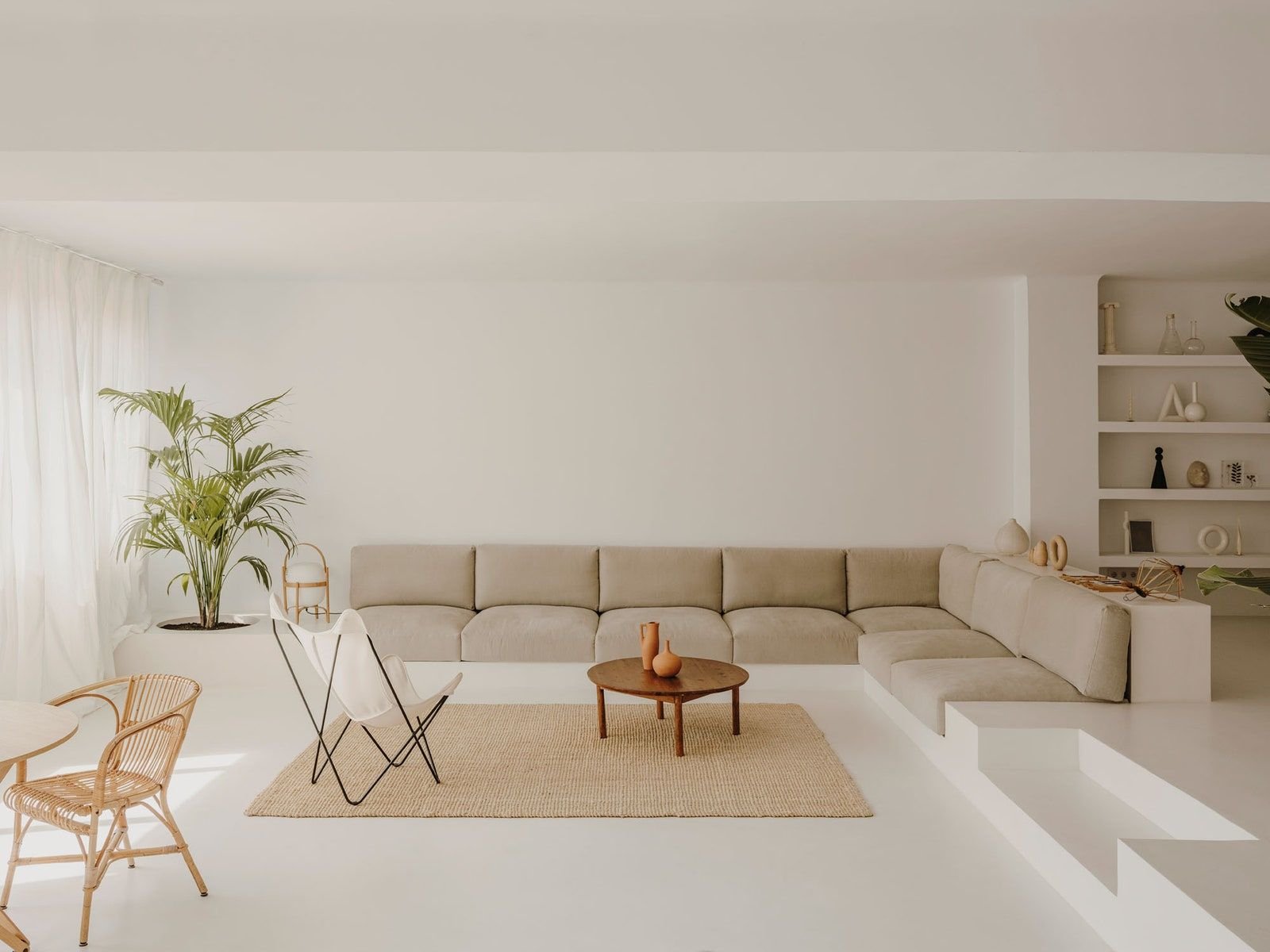In recent years, minimalism has become a dominant trend in the world of architecture. While the idea of simplicity and minimalism has its merits, the obsession with it has led to a paradoxical situation where minimalism has become an excuse for redundancy and monotony in architectural design. Moreover, the overemphasis on minimalism has led to a decline in other architectural styles, resulting in a loss of intricacy, delicateness and richness in the field.
The matter with minimalism in architecture is that it can create a lack of character and personality in a building. With its emphasis on simplicity and reduction, minimalist buildings often lack the individuality and uniqueness that other architectural styles offer. Buildings that prioritise minimalism can look almost identical, with little to distinguish them from each other.

Minimalism in architecture can be seen as a reflection of larger societal trends toward mass production and consumerism. The minimalist aesthetic emphasises a focus on functionality and efficiency, often stripping down design elements to their most basic form. This approach can be appealing for its simplicity, as it can create a sense of order and clarity in a world that can often feel cluttered and chaotic. However, the emphasis on simplicity can also create a sense of uniformity and conformity, which can be problematic in a world where individuality and diversity are important.

The uniformity and conformity that can result from a minimalist approach to architecture can also lead to a sense of sameness in the built environment. Buildings that share the same minimalist aesthetic can lack a sense of distinctiveness and fail to reflect the unique character of the surrounding community. This can be dire in urban areas where the built environment plays a critical role in shaping the identity of a neighbourhood or city.

A primary problem with minimalist architecture is that it is often unable to capture the cultural context of a space. Architecture represents the diverse world we live in, but minimalist designs often fall short of this; with their monochromatic colour schemes and plain surfaces, minimalist buildings can feel sterile and uninviting. In contrast, other architectural styles, such as Gothic, French Baroque or Art Deco, are rich in cultural symbolism, historical references, and intricate ornamentation.
While minimalism can be effective in certain contexts, such as for smaller spaces or for creating a sense of serenity, it can lead to a lack of functionality in buildings. Minimalist designs often prioritise form over function, leading to far-fetched and uncomfortable living or working spaces. This can be seen in some minimalist homes that lack storage space or practical appliances, or in some office buildings that prioritise open spaces over privacy and acoustics. To better understand the shortcomings of minimalism in architecture, it is helpful to compare it with other styles.
One such style is Gothic architecture, which originated in the 12th century and is characterised by pointed arches, ribbed vaults, and ornate decorations. Gothic architecture is known for its verticality, which creates a sense of upward movement and inspires awe and wonder. Moreover, Gothic architecture has a rich cultural and historical context, often incorporating religious motifs and stories into its designs. This style incorporates religious motifs and historical references into its designs, making each building unique and full of cultural symbolism.

Another style that contrasts with minimalism is Art Deco architecture, which emerged in the 1920s and 1930s. Art Deco is characterised by bold geometric shapes, bright colours, and stylized decorations. Art Deco buildings often feature intricate patterns and motifs, such as sunbursts, chevrons, and zigzags. This style is also known for its use of luxurious materials, such as marble, gold, and ivory, which evoke a sense of opulence and glamour.

French Baroque architecture emerged in the 17th century and is characterised by grandeur, extravagance, and ornate designs. In contrast to minimalism, French Baroque architecture prioritises the use of luxurious materials, intricate patterns, and grand gestures to create a sense of opulence and grandeur. Buildings designed in this style feature curved lines, ornate decorations, and the use of materials such as marble and gold to evoke a sense of wealth and power.

In contrast to minimalist designs, Gothic, French Baroque and Art Deco architecture prioritises ornamentation and decoration. They use intricate patterns, textures, and materials to create visual interest and meaning. These styles also pay attention to the cultural context of a building, incorporating historical references and symbolism into their designs.
Architects need to find a balance between minimalism and creativity, incorporating elements of other styles and paying attention to the cultural context of a building. By prioritising functionality and practicality, architects can create spaces that are not only beautiful but also meaningful and functional.


